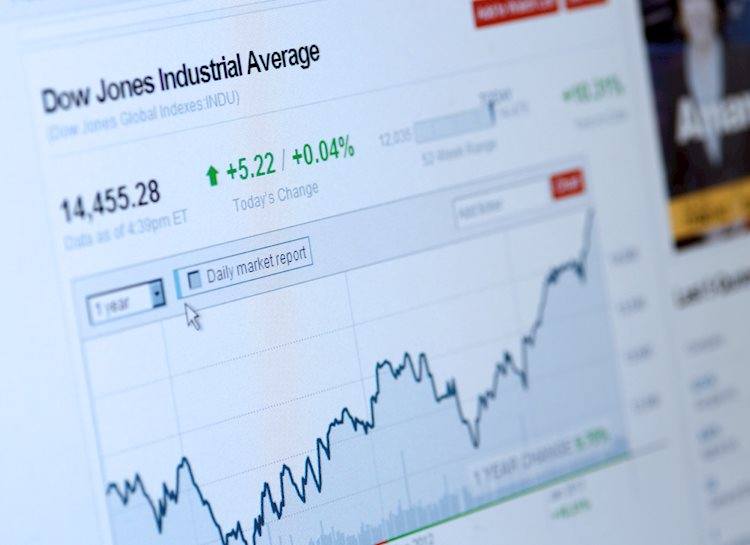On Friday, Amazon stock took a hit of 3.65%, one of the largest drops among the Magnificent Seven stocks. This drop was a result of the disappointing Nonfarm Payrolls (NFP) data for August, which came in 11% below expectations. The broader market also suffered, with the Dow Jones losing 1% and the NASDAQ dropping 2.55% due to the weaker-than-expected hiring figure in the US.
Despite the negative impact of the NFP data, the Federal Reserve is still expected to begin its rate-cutting cycle on September 18. The US labor market’s weakness may result in a 50 basis points cut, as opposed to the anticipated 25 bps cut. The August NFP report revealed that the US economy added 142K new jobs, falling short of Wall Street’s consensus of 160K. Additionally, downward revisions for June and July figures are causing concern among traders.
Amidst this economic uncertainty, JPMorgan has suggested a 50 bps rate cut, citing growing employment risks and decreasing inflation risks. Amazon, like other companies, is at risk of being impacted by a general economic slowdown, which would reduce purchasing power among customers. The NFP report indicated that while construction and healthcare continue to grow, manufacturing employment is suffering, posing a potential risk for Amazon’s growth.
In a separate analysis, Ned Davis Research cast doubt on the ability of the Magnificent Seven stocks, including Amazon, to sustain their current earnings per share (EPS) growth rates. These mega-caps may not be able to maintain their high valuations, as they may be experiencing limitations due to the law of large numbers. Amazon, in particular, has experienced a significant difference between its second-quarter YoY EPS growth and the expected growth for Q3.
Looking ahead, Amazon stock is currently trading below its 200-day Simple Moving Average (SMA), indicating a bearish trend. Additionally, the 50-day SMA has crossed below the 100-day SMA, further indicating downward momentum. Potential support levels for Amazon stock include the $152 level from August and the $145 level from January. Traders and investors will closely monitor these support levels as Amazon navigates through the economic challenges ahead.











